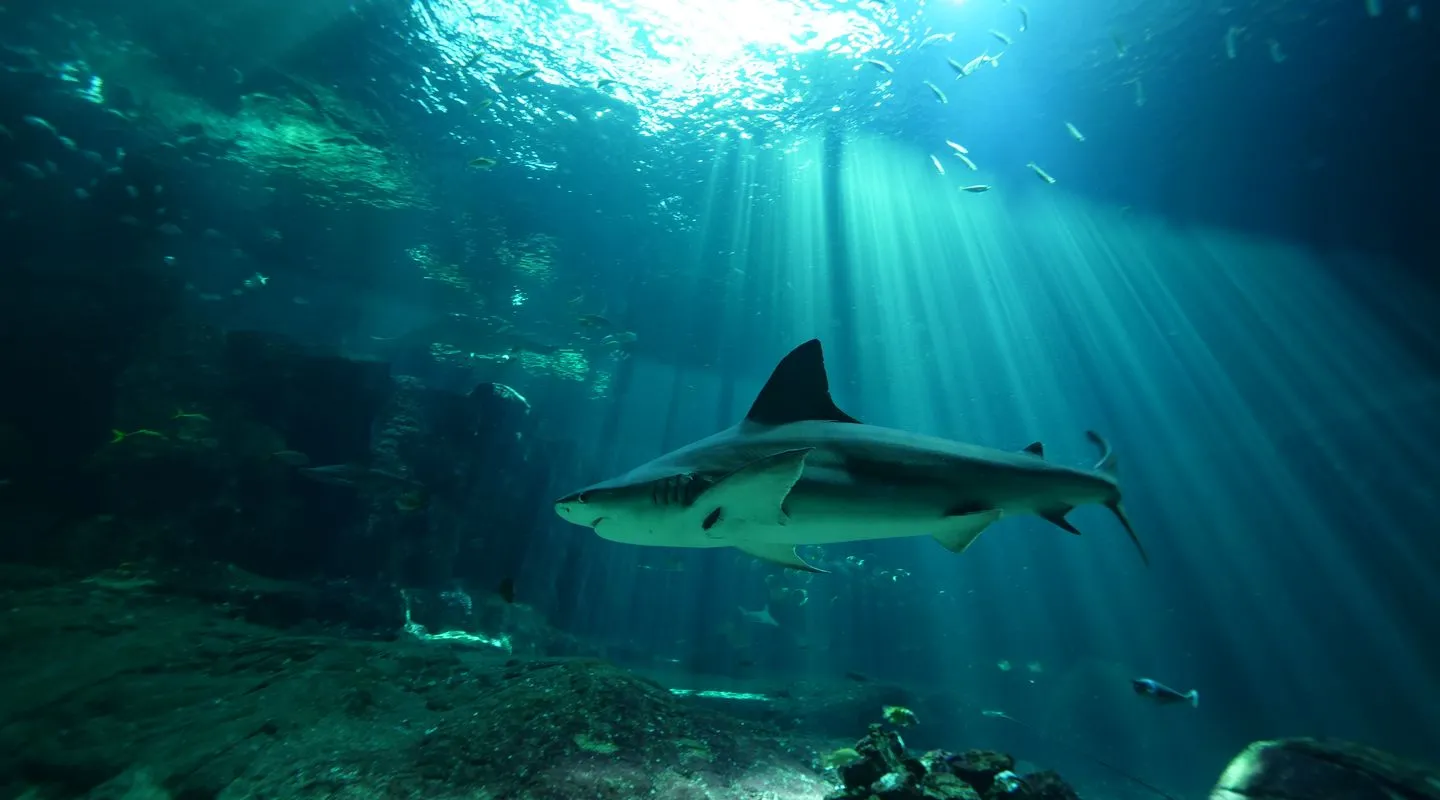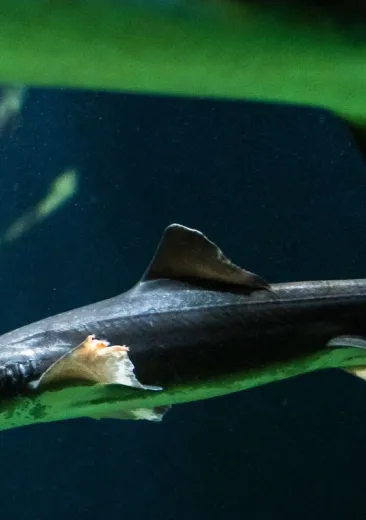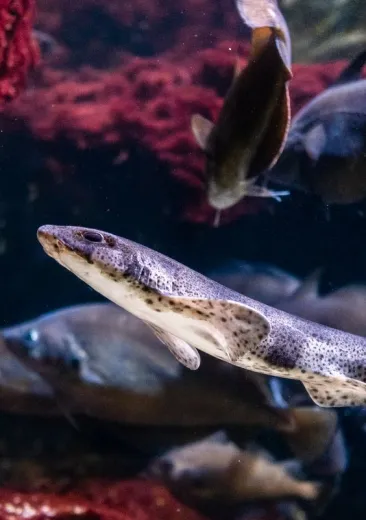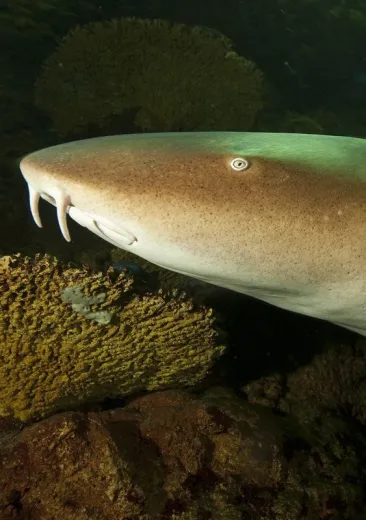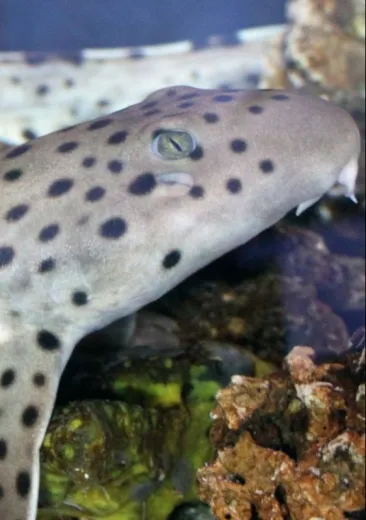Biomimetics: the shark has inspired the creation of some innovative technologies. Its skin has been used as a model for creating antibacterial, hydro/aerodynamic and antifouling clothing; its fins have helped to improve the stability of airplanes thanks to “sharklets” and the shape of its tail has served as inspiration for tidal steam generators.
Identity card
Sandbar Shark
- Scientific name:
- Carcharhinus plumbeus
- Family:
- Carcharhinidae
- Class:
- Chondrichthyes
- Phylum:
- Chordata
- Year of description:
- Nardo, 1827
- IUCN Status:
- Endangered
- CITES-status:
Annex II since 2023.
- Distribution:
-
Eastern and Western Atlantic Oceans, and Indo-Pacific, in the Red Sea as well as in the Mediterranean Sea.
- Habitat:
-
The sandbar shark lives in tropical and temperate waters. This predator is continuously on the move.
- Size:
A male can grow up to 2 metres in length on average and a record weight of almost 118 kg.
- Diet:
-
The sandbar shark hunts at night and lives off bottom-dwelling fish, rays, crustaceans and cephalopods.
- Longevity:
34 years
- Conservation program:
Nausicaá is taking part in the EAZA Ex situ programme (EEP), a European conservation programme dedicated to the sandbar
